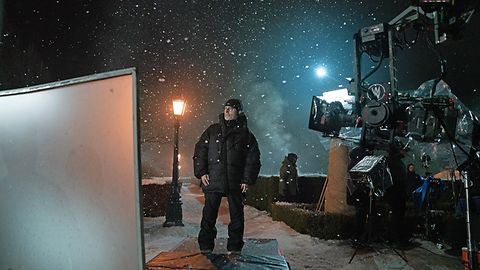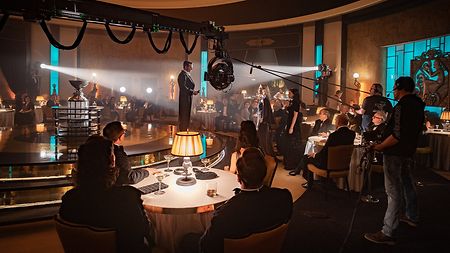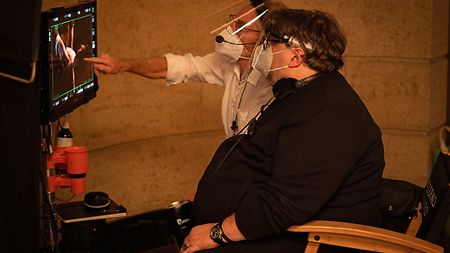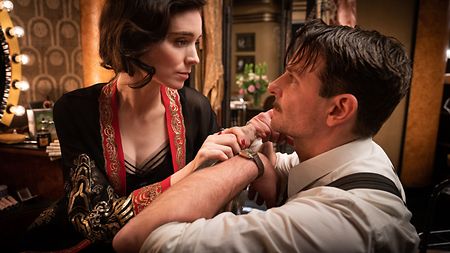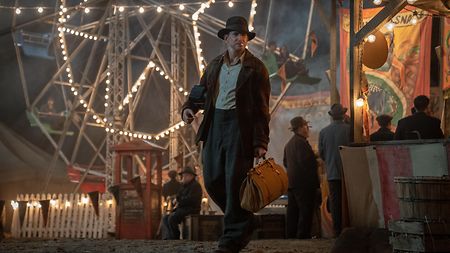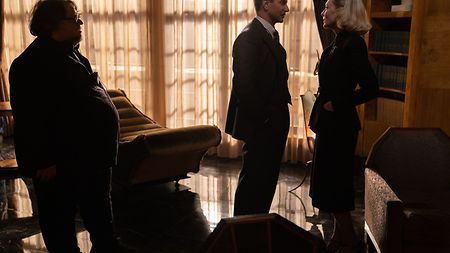Based on a 1946 novel by William Lindsay Gresham, “Nightmare Alley” features an all-star cast and lays bare the sometimes sordid world of carnival performers in mid-twentieth century America. Director Guillermo del Toro turned again to cinematographer Dan Laustsen ASC, DFF, a long-time collaborator, who in turn tapped ARRI Rental for its exclusive ALEXA 65 camera system. The film’s main release was in color, but a black-and-white version has also been given a limited release and is building a strong following. Laustsen’s work on the movie has so far garnered him Academy, BAFTA, and ASC Award nominations.
What did you look forward to and enjoy about working with Guillermo again?
To me, Guillermo is a master filmmaker, a master of directing. I'd done three movies with him and this was number four. He's always pushing himself and pushing my work, which I really like. Every time he makes a new movie, he goes into a new world and it’s a fantastic privilege to help him with that, so I always look forward to doing more with him. He first mentioned “Nightmare Alley” when we were working on “The Shape of Water.” He talked about it as a black-and-white movie, which I was thrilled about, but eventually it became primarily a color movie, with an additional black-and-white version.
